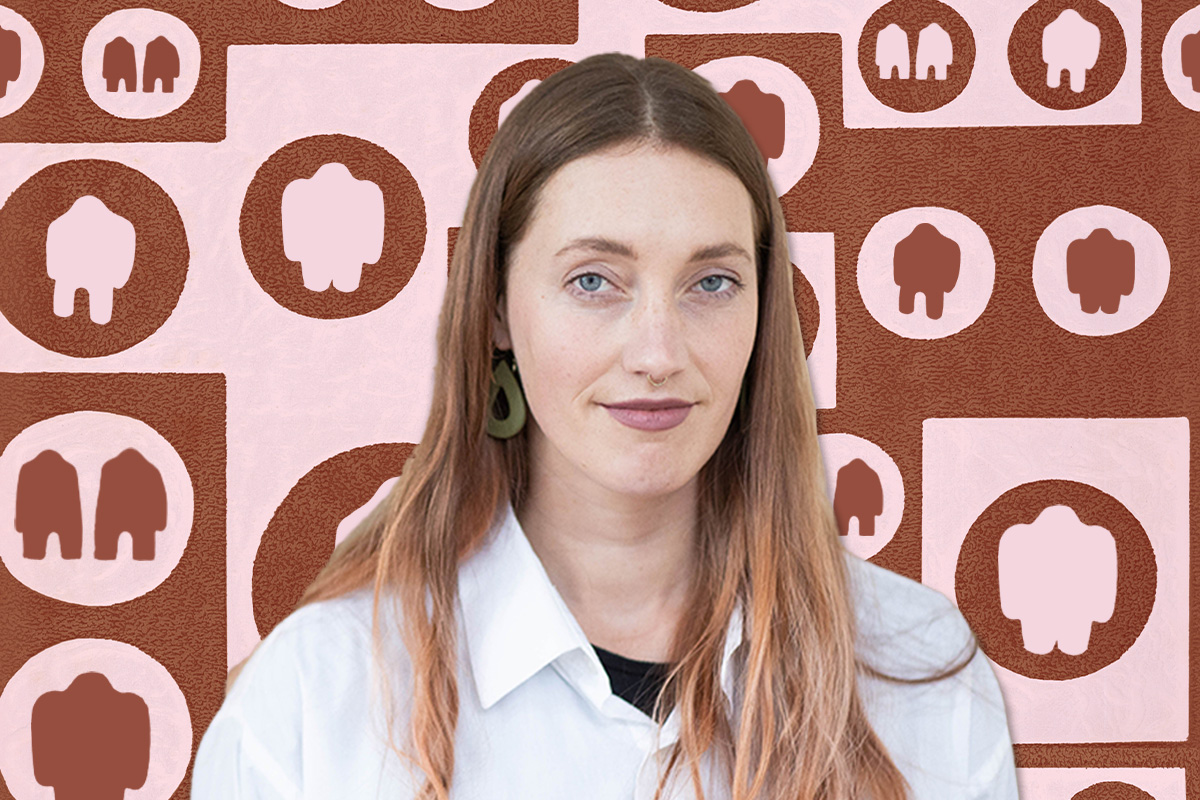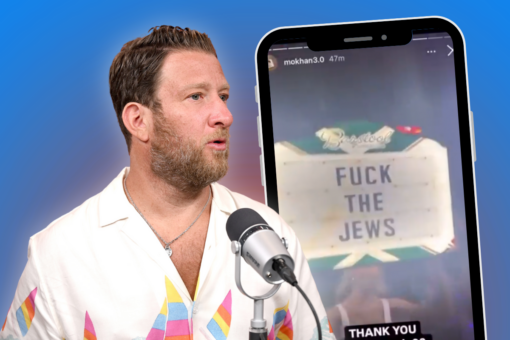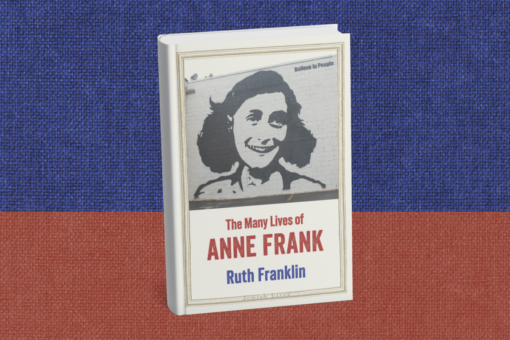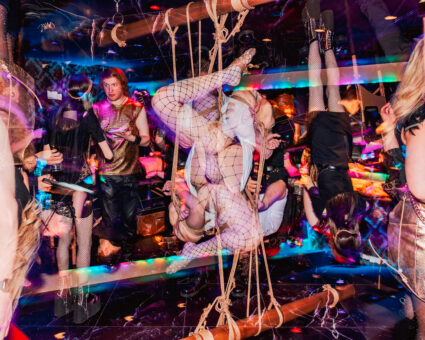For many Jews, the most iconic maker of golems, the anthropomorphic clay creatures of Jewish folklore, is Judah Loew ben Bezalel. Also known as the 16th century Rabbi of Prague, the story goes that Rabbi Loew created a golem to protect his community from violent antisemitism, which subsequently went on a murderous rampage.
But if you ask me, the most iconic golem-maker has to be Annaliese Rosa.
Based in Te Whanganui-a-Tara (Wellington, New Zealand), Rosa is a queer Polynesian Jewish artist who simply can’t stop making golems. For them, the golems don’t hold the negative connotation of the Golem of Prague story, but are rather friends who help them understand their complex and shifting identity. From tiny to huge, made from clay, unfiltered earth, sand, cardboard or whatever else, some with windows or staircases and archways, others glazed or painted, the golems that Rosa has made are almost too many to count. Even so, each are beautiful and soulful in their own ways.
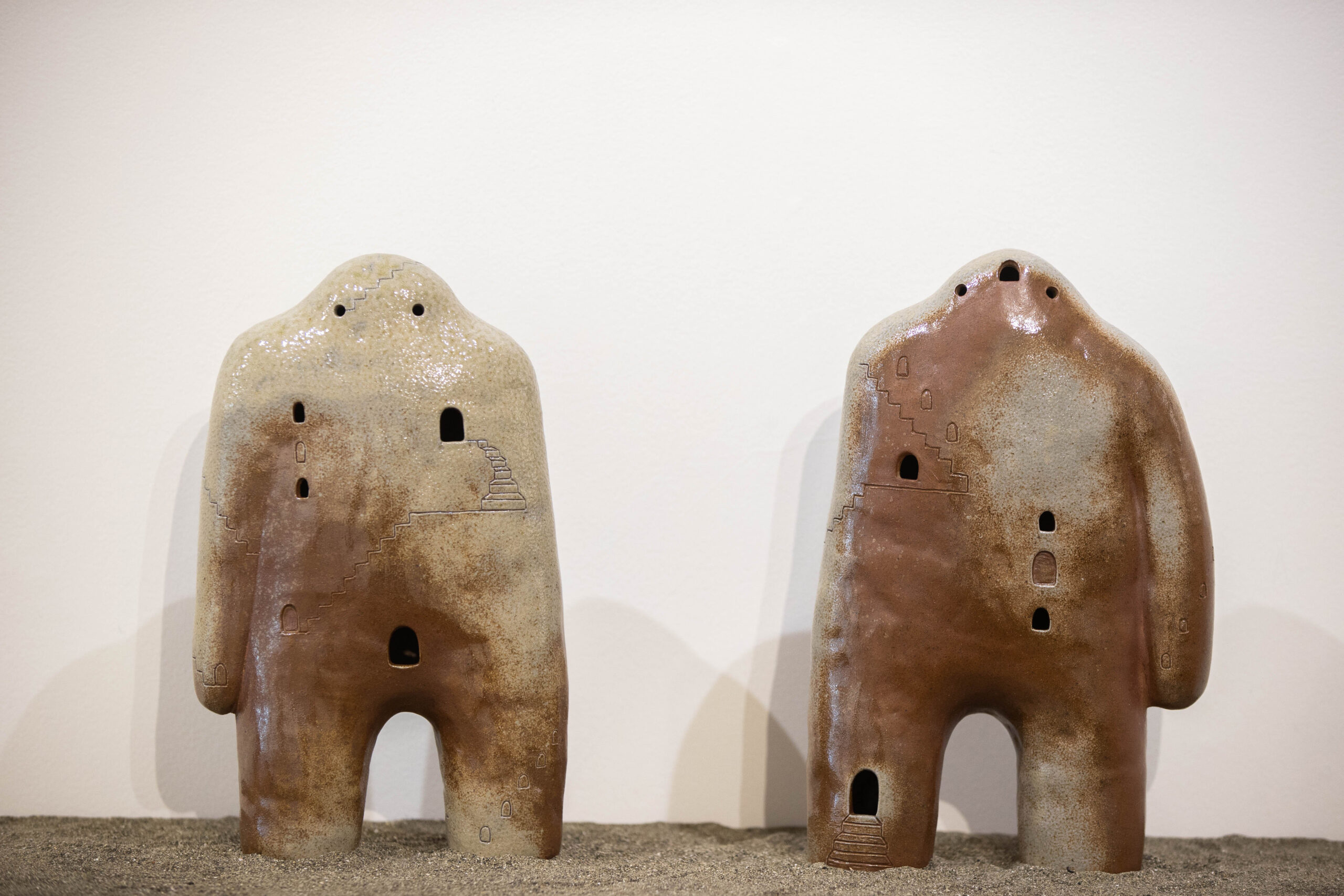
Born and raised in Tāmaki Makaurau (Auckland, New Zealand), Annaliese grew up going to the Auckland Hebrew Congregation, a Modern Orthodox synagogue, with her parents. (Coincidentally, this is the same temple that Kiwi Jewish TV writer Simone Nathan went to, and yes, they know each other.) These days, however, she identifies as being more Reform in her Jewish practice. In terms of their education, after high school they received a certificate in Fine Arts at Whitecliffe College of Arts and Design and went on to study Fine Arts at Massey University, with a focus in sculpture.
Excitingly, she recently held her first solo exhibition of entirely golems in November and has another exhibition, entitled “Golem,” opening today in Te Whanganui-a-Tara. Annaliese sat down with Hey Alma a few weeks ago to discuss why they can’t stop making golems, what it means to be a queer Polynesian Jewish artist and using a golem as a carry-on.
This interview has been slightly edited and condensed for clarity.
First can you tell me a bit about your Jewish background and identity?
My background is a bit of a mix because not all my family is Jewish. I also have Polynesian family and Polynesian ancestors. Also, my parents converted, but then there’s been talk that my mom’s dad did a DNA test and it actually came back that he’s Jewish. And I have other family members who are Jewish, who have married into Jewish families or have converted. So there’s talk of it being like, maybe we just forgot that we were Jewish. I’ve found a way to come back to it, which has been an interesting process, and it’s a lot to do with why I make golems.
How do you see your Jewish and Polynesian roots intersecting, if at all?
Kind of through golems. I feel like golems are almost this avatar that I’ve created to be able to exist in all those spaces at once. I also have a lot of European family in New Zealand as well. So there’s a lot of contradictions, but there’s also a lot of similarities. And I think a golem can embody those contradictions and the similarities at once, in a way that I find really difficult. It’s one of those things that I think a lot of people are experiencing more and more these days where we are never really quite one or the other. In so many non-Jewish spaces, I’ll always be the token Jew. I was like one of two Jewish people in my high school. But then in Jewish spaces, even if I am accepted because I have family that converted, it’s not a solid, identifiable line. I sort of feel like I’m not Jewish enough; especially going to and growing up in a Modern Orthodox shul. I never really felt like I was Jewish enough, but I don’t think anyone did. I don’t think any Jewish person ever feels enough.
I agree. Almost any Jewish person I’ve talked to is like, “I don’t know if I’m Jewish enough.” I’ve never met a person who was like, “Yes, I am!”
It’s that Jewish guilt.
Truly. So how did you first get into making golems?
It was pretty instinctual. Growing up I heard about the Golem of Prague and it just sounded so fascinating. I love the idea of this big mud creature. And then it was maybe five years ago now that I started getting into clay. I was working in a pottery studio and there was just one day that my boss was like, “Oh, how about you guys just have a play with clay. Make whatever you want.” The first thing I made was a golem and I didn’t even think about it. It happened. And I just couldn’t stop — and still can’t stop. It’s been a process of making the golem and figuring out why later.
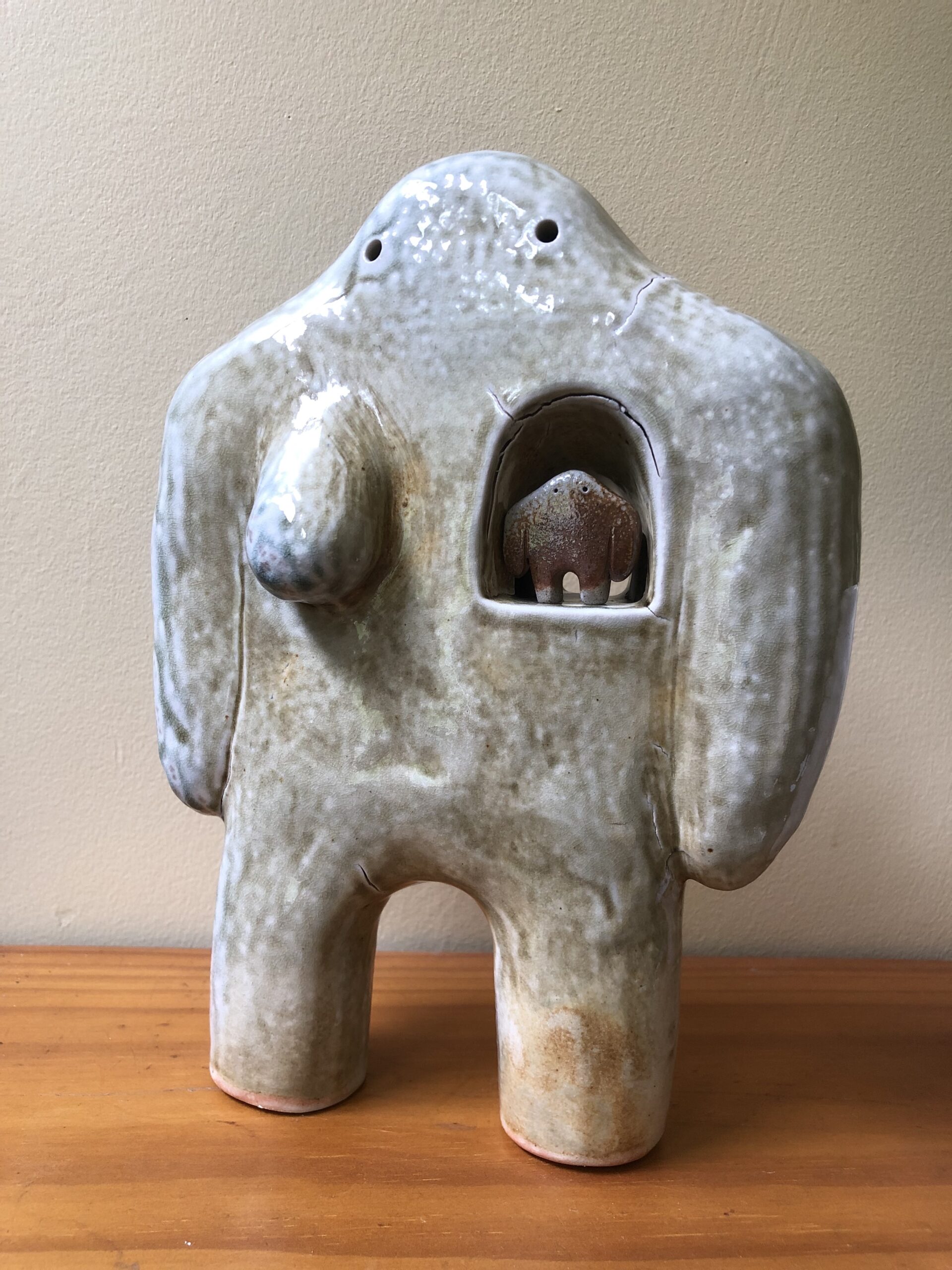
Can you tell me a bit about the process of making them?
Some of them I make kind of differently, but a lot of the really big ones are totally hollow inside. And so I’ll coil the clay. It takes quite a while. Each time I make a golem it’s slightly different too, which is quite nice, because they are all different beings. And they’ll embody something different about whatever I’m going through or processing, while also wanting to keep it kind of empty for someone else to be able to put their intention into it, if someone was to buy it or I gift it to them. So it’s all about finding that balance. I get a lot out of just making the golems. And once it’s done, it’s ready for the world, or whatever it needs to do.
I love how some of your golems have single breasts, and you’ve talked about doing that as a way to show their genderlessness. Do you think of golems as queer creatures?
They’re a bit of a queer icon, in my opinion. Didn’t Hey Alma have an article on that? Because I remember that’s where I first came across that idea.
Yeah! A few years ago Michele Kirinchanskaya wrote about how golems are queer Jewish icons. I had never thought of that before. But I was like, “Oh, my God, that’s so true.”
Yeah, yeah, it was so good. I’d already been thinking about golems as being genderless and that was helping me figure out what parts of me feel genderless and what parts of me feel like a woman, and the tension between. And then my friend sent me that post. And I was like, “Yeah, that’s it!”
Also, I had been going through a process of basically coming out of the closet, and golems were helping me hugely with that. I think my body already knew. But in my mind I was like, “What am I doing?” And then I was like, “Oh, I’m making queer genderless creatures, as a reflection of myself.”
Golems are thought of as a force for protection, too. Do you like to think of your golems as protecting you?
I think they protect me by just holding space, literally. These hollow beings hold space for whatever I might need, or other people might need. And that feels like a guardianship — I call them guardians. I make them look quite stoic so they look like they’d be quite strong. But in the stance, they’re sort of soft, and I also want them to be cute because I think golems can often get a bad rap as being destructive or dangerous. But it’s all about tension, which is why I want them to have a stoic kind of strength but also softness.
I’ve seen that with some of the golems you’ve made out of sand or earth. But I’m thinking of a particular video you made where it’s a time lapse of them gradually disappearing as waves erode them, which I think is so cool.
Yeah, I’m gonna do more of that. I also made one out of branches — it was like my size, just piled up branches in a rough shape of a golem — and I ended up a year later going back to visit, and there was a bird’s nest inside its shoulder that had three baby birds in it.
Oh my God.
I think I did cry.
That’s so beautiful. Talking about nature, I’ve also heard you talk about this formative experience of climbing a mountainside in Israel, and how it influenced your golem-making?
I was walking on these steps at Masada and looking down to the Dead Sea. Thousands of years ago, quite a lot of cultures would carve these little towns and cities straight into the cliff face. And there was something so amazing about walking on the steps that are thousands of years old that, potentially, your very ancestors walked down.The energy was just so old. I think it was really formative because it brought me into my present and made me aware of my place in the moment. But also I felt like time was overlapping.
In November you had your first golem exhibition. Can you tell me what that was like and how it was received?
It was really amazing. To have this whole room just filled with my golems was very intimidating, but quite beautiful. I had a few people who are also Jewish, who I didn’t know, come in because they’d seen the poster and they were like, “That’s a Jewish thing. I’m gonna go check that out.” And I had some great conversations with people who were coming in quite open-minded because they had absolutely no knowledge of any part of Jewish culture. I had a lot of people who aren’t Jewish, and aren’t any of the same cultures that I am, say that they felt like a golem really represented them and could see themselves in it. And they felt that tension of looking one way and feeling another, and existing in one community but not quite fitting in. That’s sort of the point. When I put my golems out to the world, I want people to be able to relate to a golem.
Also, the idea of a golem being someone’s entry point into Judaism is so funny to me.
I think I did say something like, “We don’t worship golems, like this really isn’t popular in Judaism.”
Do you have a favorite golem that you’ve ever made?
I have some that are favorites and some that I won’t sell. I can show you one that’s just here.
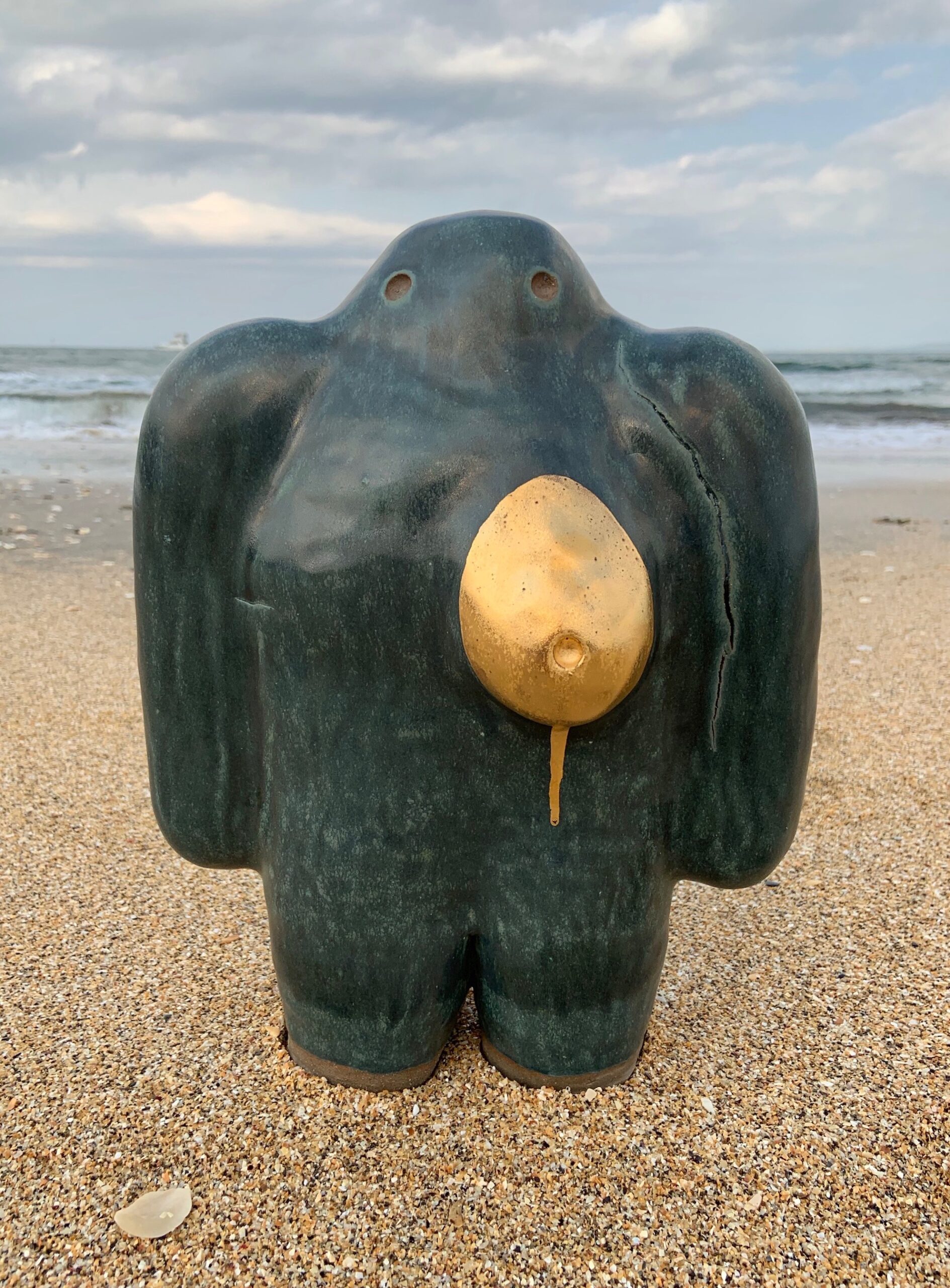
Yes, totally. I would love that.
I made this one for my mom. I made this one in Canada, actually. And that’s 22 karat gold on it.
I can’t imagine how stressful it was getting it to New Zealand from Canada.
I had it as my carry-on.
Ha!
I named it Maunga, which is the word for mountain in Samoan, and actually in a lot of Polynesian languages. One of my ancestors is an amazing Samoan woman who suffered a lot at the hands of colonization. She’s obviously not still with us, but is still sort of with us. Maunga is an ode to her.
Is it hard to sell them, even the ones that you don’t have such a personal connection with?
Yeah, they’re like my children. But they somehow feel older than me, too. It’s quite a funny feeling, that I’m just a tool, that they are using me to be made.
Totally. So do you have any other upcoming projects or exhibitions?
Yeah, I’ve got two very exciting things this year. First, I have another exhibition in March, which will be very similar to the one I had in November. And then I am going to be doing an artist residency in a town called Baie-Saint-Paul, which is four hours north of Montreal. I’m going to stay there for a month, and I want to make three quite large golems. Maybe almost a meter high depending on the size of the kiln I can get them fired in. And I want them to be full of windows, and in each window, I want to have tiny, tiny golems. And maybe there’ll be bridges connecting all the way through the inside of the hollow golems where you can look all the way through with all these little tiny golems inside. So I get to keep making golems, and get paid to do it.
That’s the dream. One final question: What would you say it means to you to be a queer Jewish Polynesian artist?
The word freedom keeps coming up for me. I am just made of dust in the shape of a queer Jewish artist. And I’m really proud of everything that I am. I love to talk about golems because I also love to let people know that I am Jewish and I want to talk about it. And I’m also really excited to be queer and be very open about it. It’s a beautiful thing to meet someone who’s Polynesian or who’s Jewish or who’s queer, and I have this instant connection and shared experience already. It’s freeing for me and it has grounded me at the same time.
Annaliese Rosa’s show “Golem” is on display at Hunters & Collectors in Te Whanganui-a-Tara March 3, 2023 through March 23, 2023.
